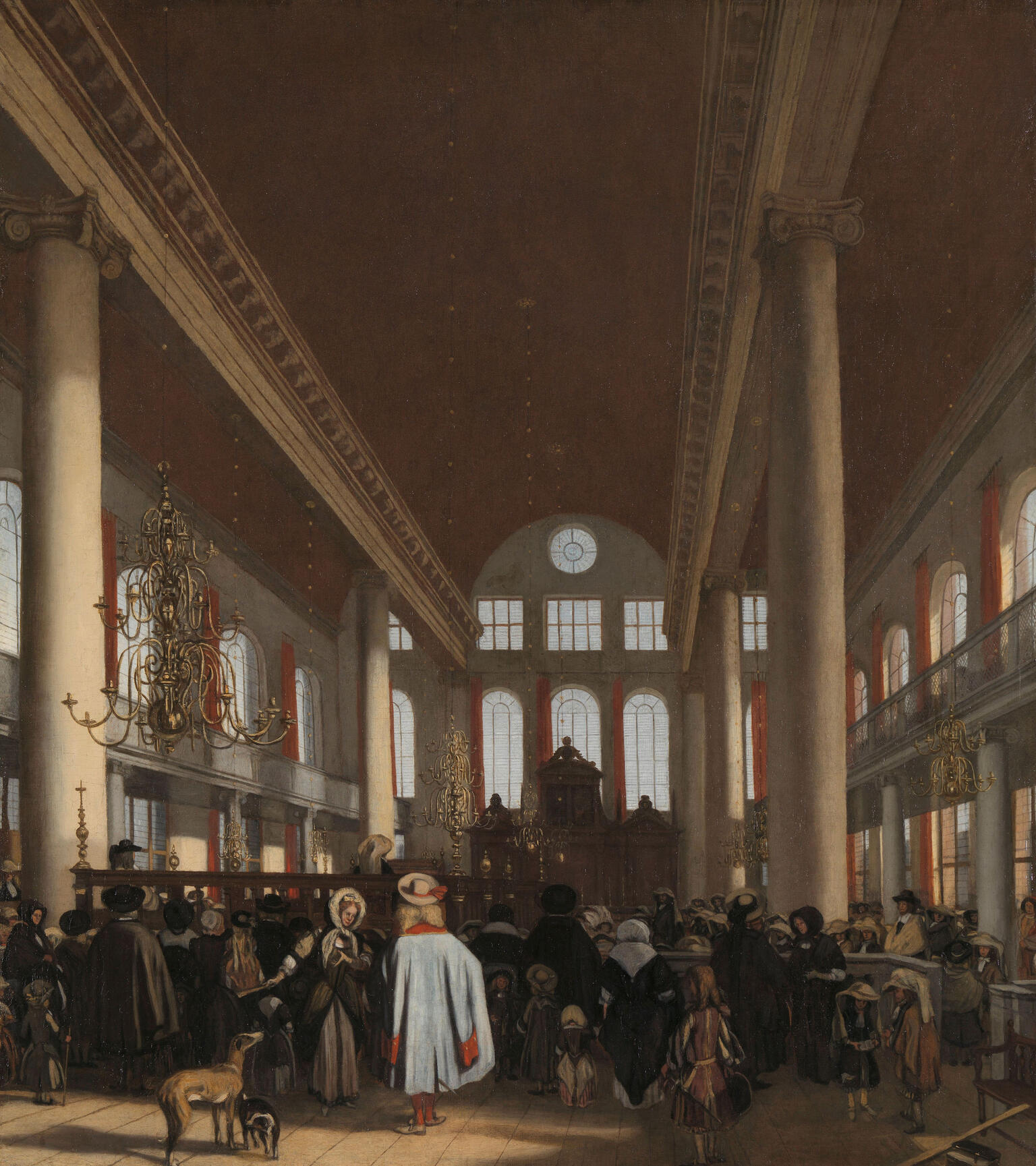Portuguese Synagogue in Amsterdam, Interior
Emanuel de Witte
1680
Credits
Published in: The Posen Library of Jewish Culture and Civilization, vol. 5.
You may also like
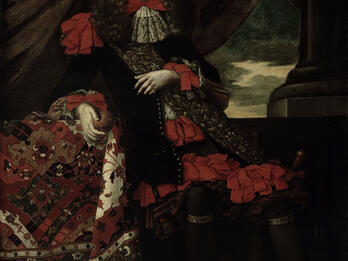
Portrait of Francisco Lopes Suasso as a Young Man
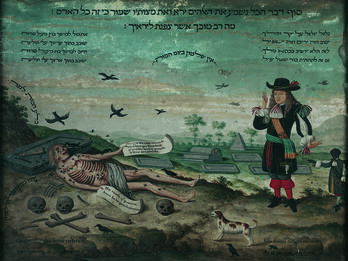
A Memento Mori
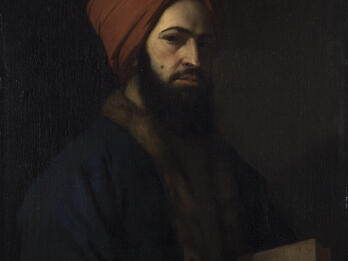
Portrait of Hezekiah da Silva
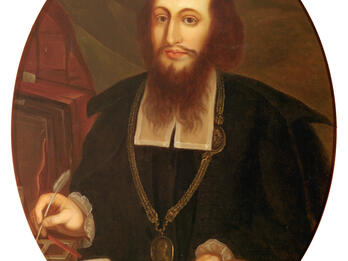
Portrait of Samson Wertheimer
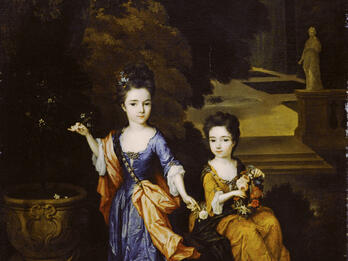
Daughters of Francisco Lopes Suasso
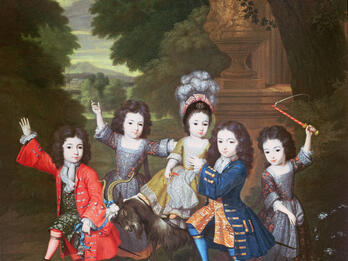
Five Children of Francisco Lopes Suasso
Creator Bio
Emanuel de Witte
Around the time of his move to Amsterdam, the Dutch painter Emanuel de Witte began to produce architectural paintings, particularly of church interiors and other grand buildings. He was interested in perspective and contrasts of light and shadow; his paintings often depicted animals and people inside the architectural space. The impressive Portuguese Synagogue in Amsterdam, constructed between 1671 and 1675, attracted many non-Jewish visitors, and indeed some can be seen in this painting. Interestingly, similarly to some of de Witte’s paintings of churches, in this painting from 1680, dogs—a symbol of the loyalty of religious worshipers to their faith—appear inside the synagogue. De Witte made three paintings of the Portuguese Synagogue in Amsterdam.
Related Guide
Early Modern Trade and Mercantilism
International trade drove Jewish mobility during the age of mercantilism, as Jewish merchants formed wide commercial networks and partnerships and developed cosmopolitan attitudes that facilitated civic inclusion.
Related Guide
Early Modern Visual and Material Culture
Early modern Jewish visual culture flourished, with illuminated manuscripts, ornate synagogues, and portraiture alongside increasing non-Jewish interest in Jewish customs and greater Jewish self-representation.
Places:
You may also like

Portrait of Francisco Lopes Suasso as a Young Man

A Memento Mori

Portrait of Hezekiah da Silva

Portrait of Samson Wertheimer

Daughters of Francisco Lopes Suasso



